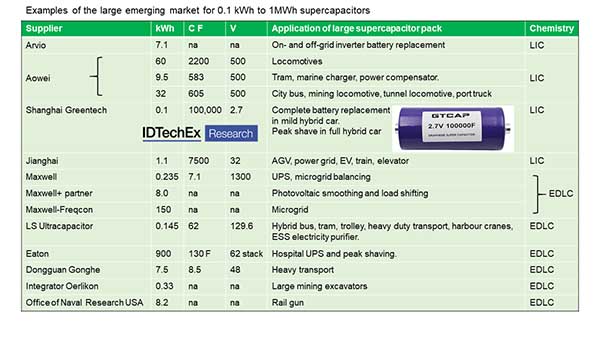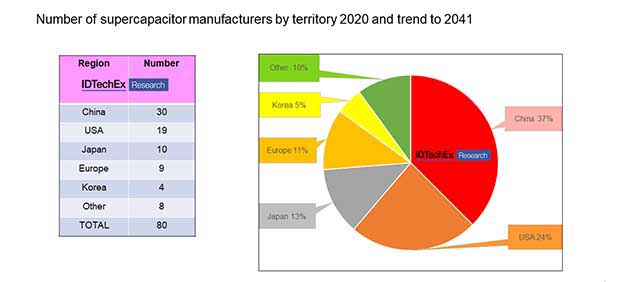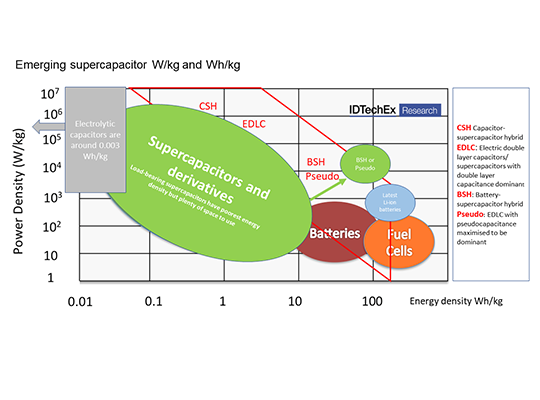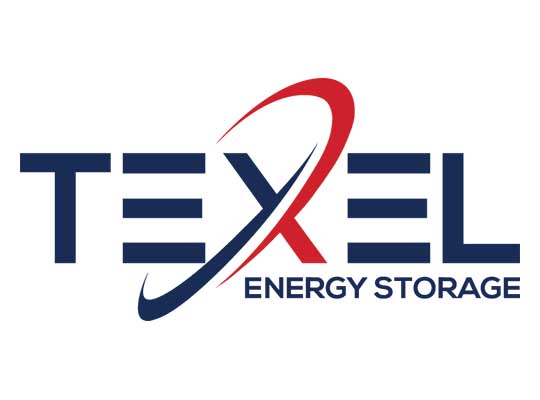BOSTON – Large supercapacitors now compete head on with batteries and are quoted in kWh. Some are drop-in lead-acid and lithium-ion battery replacements. Others are bought as uninterruptible power supplies up to 1MWh offering the bonus of efficient peak-shaving, because power density is ten times that of lithium-ion batteries and series resistance low.
IDTechEx CEO Raghu Das advises, “Frequently, supercapacitors are used as an energy storage device in order to smooth the output power and improve the low-voltage ride-through capability of energy conversion systems, being fit-and-forget and wasting 14% less electricity than lithium-ion batteries. Output power fluctuation caused by the swell effect (opposite of voltage dip) is efficiently smoothed by supercapacitor energy storage systems.

For smoothing tidal electricity over many hours, the new 100Wh/kg supercapacitor variants from Aowei and Toomen (others following) are worth considering. One tenth of the size, weight and self-leakage of pure supercapacitors, they retain much better cycle life, calendar life, power density, deep discharge, series resistance and reliability than lithium-ion batteries, potentially conferring lower total cost of ownership.”
In 2019, M.Sousounis investigated the DC link of a hypothetical 1.5 MW three-bladed variable-pitch horizontal-axis tidal current turbine for torque pulsation mitigation. Fatigue torque and peak torque lead to premature components failure usually crudely reduced by system overdesign and costly maintenance. Pulsations created by unsteady tidal current flow were reduced by changing generator speed. Supercapacitors connected at the DC link optimally absorbed the fast short-term electricity variations, keeping DC link voltage within limits. Supercapacitors were also recommended for connection in weaker grids and in tidal current arrays.

“Graphene” is a badge of honour on supercapacitors. On IDTechEx research, it can mean use of non-flammable, minimally-toxic electrolytes, omitting the volatile, flammable, toxic carcinogen acetonitrile, associated with birth defects and turning to cyanide in the human body. Slightly better series resistance and energy density may arise though the price may be higher. Seven of the eighty supercapacitor manufacturers now use graphene, up from zero ten years ago. Indeed, 54% of manufacturers now make supercapacitors with minimal disposal issues – another contributor to paybacks – and no flying restrictions.
For more information, please visit: visit www.IDTechEx.com.













